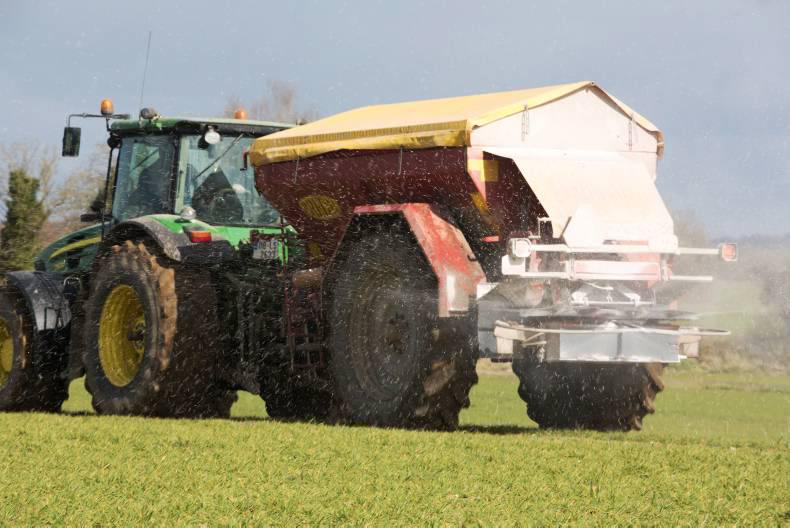The weather has taken up considerably in the last week and it certainly has allowed cattle to leave the sheds in their droves. To quote an elderly neighbour, from whom we rent land, “the weather does the work”, and it certainly does. There has been ample opportunity for fertilizer and slurry application and it certainly is very welcome indeed.
As the dust has somewhat settled on the abolition of milk quotas, life continues as usual on our farm. There was always a focus on milk quality prior to quota abolition in terms of achieving high protein and butterfat constituents and this will continue post-quota abolition.
Achieving high levels of protein and butterfat, thereby controlling what they can control, will allow Irish dairy farmers to negotiate a better price for milk. Milk constituent levels will start to improve, as cows are on a continuous supply of high protein grass. Current levels at the last test were protein at 3.24% and butterfat at 3.32%. This is below the base levels of 3.3% and 3.6% respectively.
The warm temperatures have allowed the suckler cows to be turned out also. The oldest suckler calves have been weaned prior to turnout. These Charolais and Simmental calves are approximately seven months of age and weigh 180kg to 200kg. These calves will be sold at approximately 22-24 months of age.
Soil test results from the grazing platform have returned six weeks ago and the information gained is very valuable. Potassium (K) will not need to be applied at all to any paddock as all are at K index four and three paddocks have a Phosphorous (P) index of four also. With regard to these paddocks, CAN or urea need only be applied saving circa €220/t when comparing CAN to pasture sward.
Two paddocks have a soil Phosphorous index of one, which will need 40kg P per hectare, while another is at index two, needing 30kg P per hectare. These paddocks also require lime – in the region of six tonne per hectare. By rectifying the Ph level and the soil acidity, grass can be allowed to thrive.
The benefits of soil testing are clearly evident as farmers are presented with clear indications of Phosphorous and Potassium levels in soil and can therefore withhold application of the aforementioned nutrients saving large amounts of money. It will also allow farmers to bring the pH level to 6.3 to 6.5, and the Phosphorous and Potassium levels up to index three, should these be low.
As we approach May Day, it has been a good spring so far, but it could all be undone throughout May and June, as sometimes has been the case. Let us hope that the sun continues to shine on Irish farmers throughout 2015.






 This is a subscriber-only article
This is a subscriber-only article










SHARING OPTIONS: